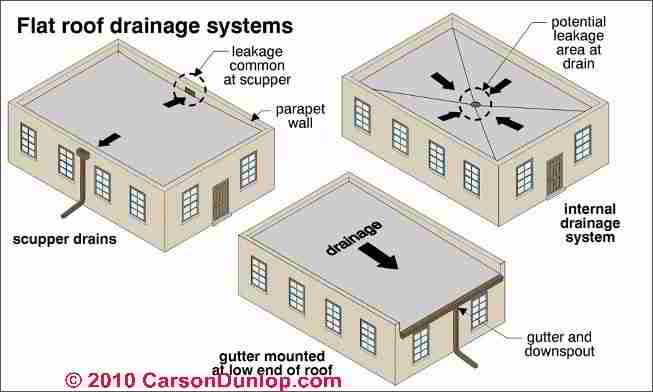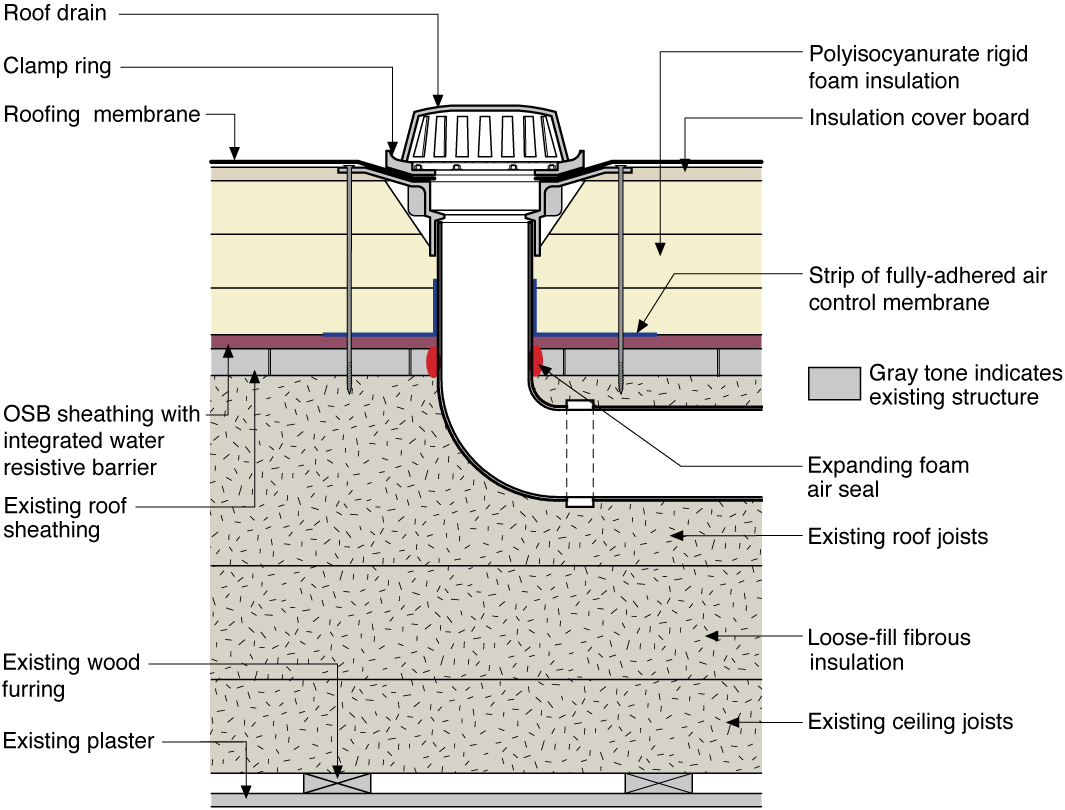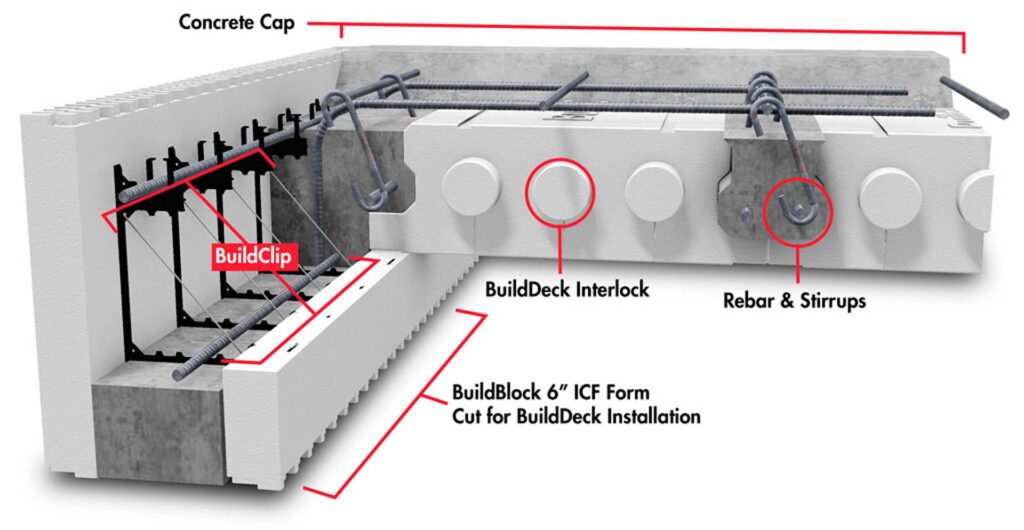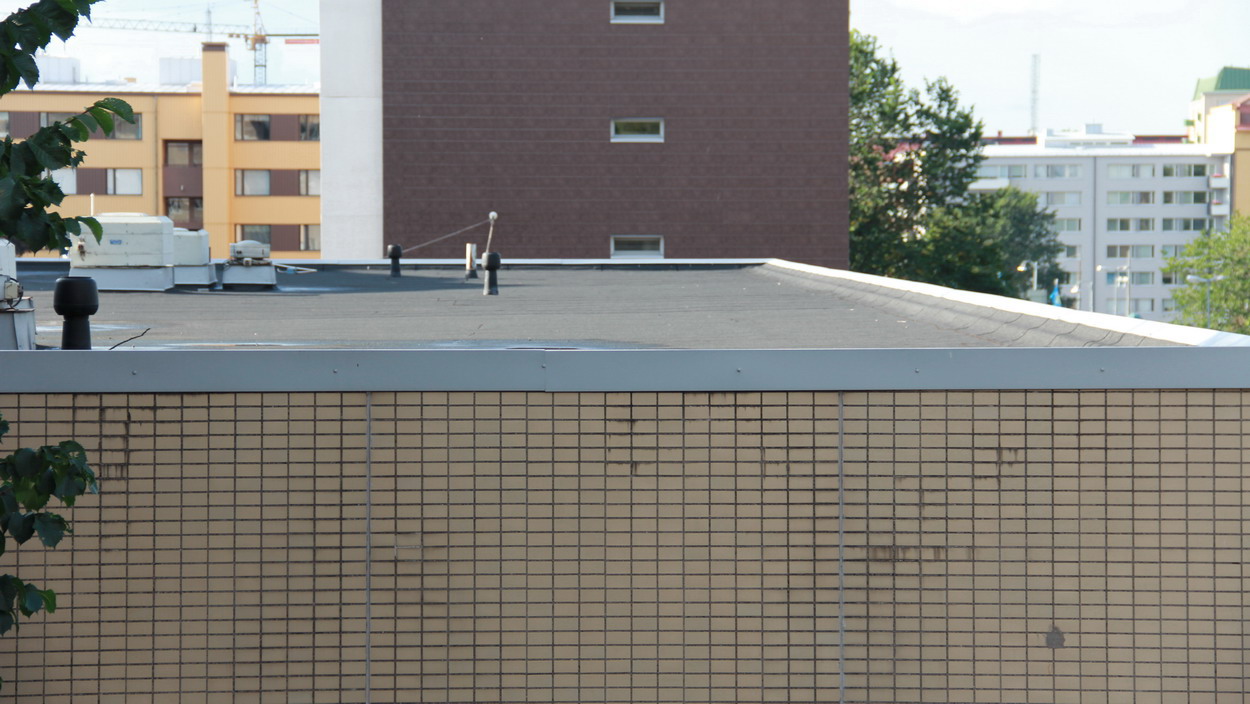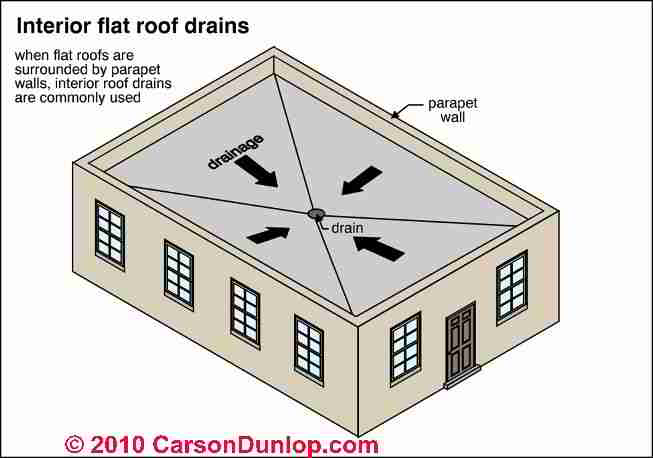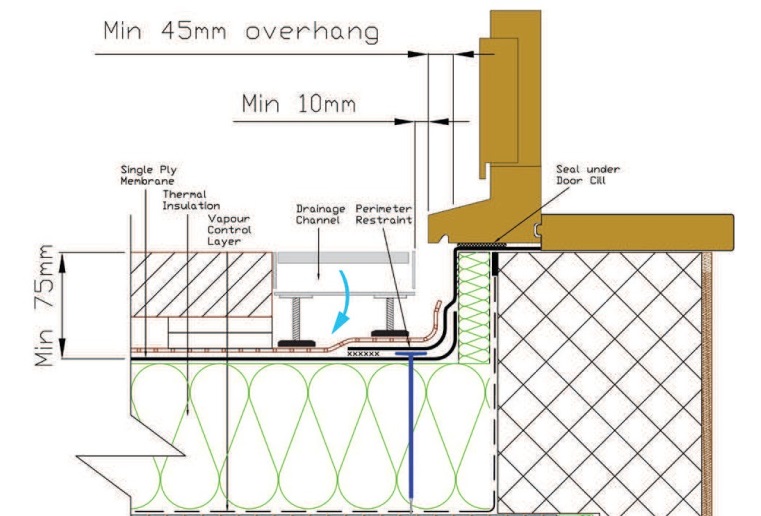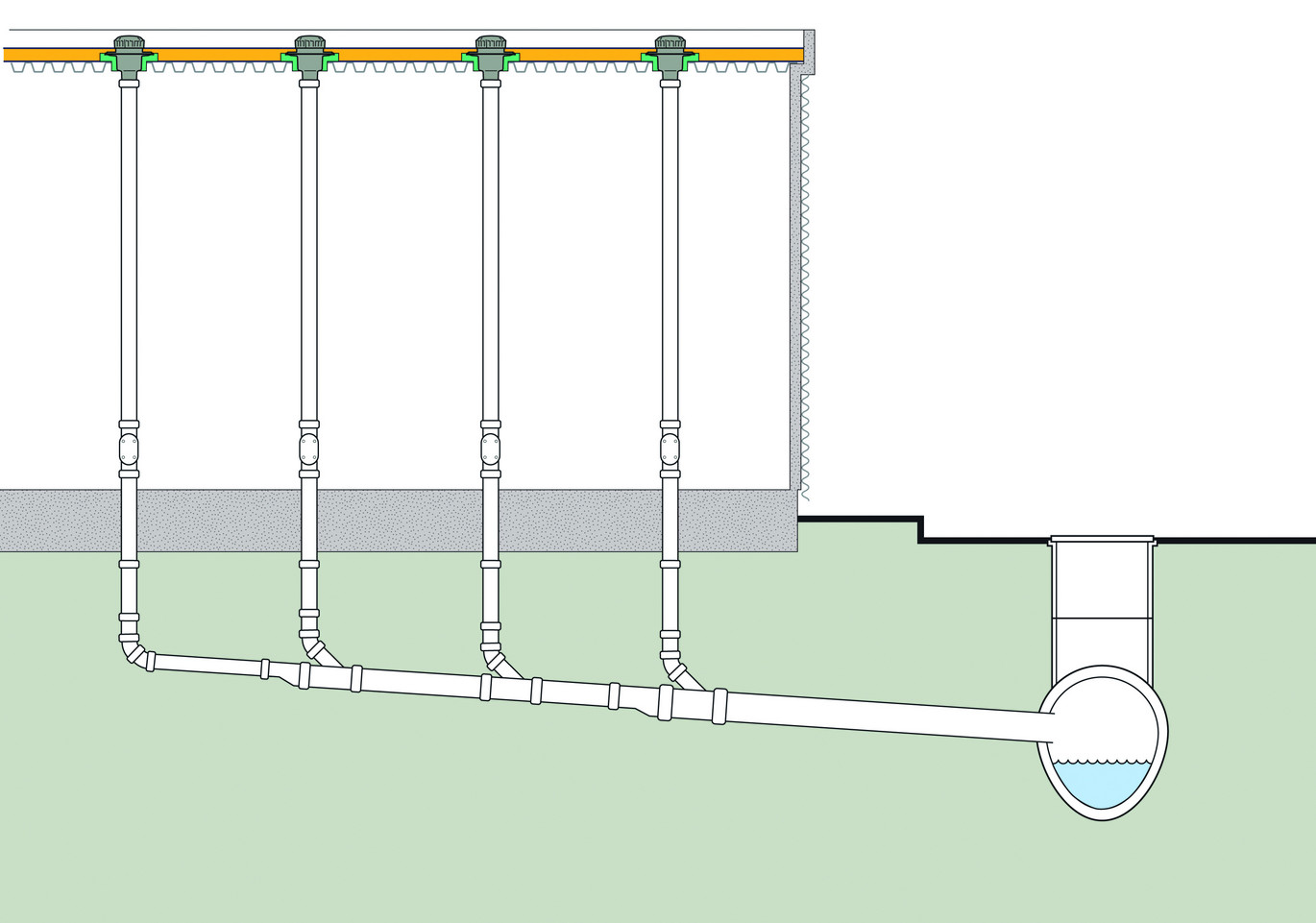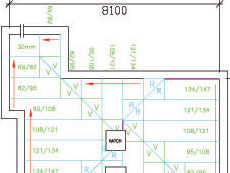Flat Roof Drainage Design Guide
Watch for clogs blockage at the roof drain or scupper.

Flat roof drainage design guide. Sufficient slope is an essential prerequisite. Each of these systems has its own pros and cons. This table is based on zurns roof drain vertical requirement for horizontal roof areas at various rainfall rates table. Roofs of this design will have one or more roof drains or scuppers installed.
There are roof coating products available if there isnt enough slant or slope to accomplish this. Most flat roofs suffer from poor drain locations or drain levels that are high. This is also a hydrostatic or water barrier system. Flat seamed structural panels.
Having sufficient drainage on a flat roof is vital. The result is the number of drains needed. This traditional system requires a solid substrate. It also requires the use of metals that can be soldered such as copper.
The metal roof systems design manual by the metal building manufacturers association provides further guidance pertaining to metal roof systems. Roof drains zurn plumbing products groupspecification drainage operation 1801 pittsburgh avenue erie pa 16502 phone 814455 0921 fax. The above sizing data is offered as a guide only. Unlike other roofing types that are slanted or sloped to allow water to drain automatically flat roofs need a built in drainage system to help remove moisture and debris.
When designing a roof it is essential to pay close attention to where the drains are. According to bs 6229 bs 8217 flat roofs should be designed with minimum falls of 140 to ensure a finished fall of 180 can be achieved allowing for any inaccuracies in the construction. Of course the best designed flat roof has the correct amount of pitch to drain the water off naturally. The one challenge with flat roofing is ensuring proper drainage.
Calculate drains needed. It is a requirement of building regulation part h that adequate provision is made for rainwater to be carried from the roof of the building. The drainage requirements for flat roofs on buildings present some special problems that we describe and illustrate here. At page top and at left our photos show a low slope roof surrounded by a parapet.
Flat roof drain types. Flat roof drainage systems need to be designed for direct and unimpeded run off of precipitation water. Keep in mind all flat roofs have a slope of between five and 15 degrees to allow water to flow into drain systems such as eaves drainage holes or outlets. Drainage systems are designed according to din en 12056 3 and din 1986 100.
General remarks on flat roof drainage. There are three types of drain systems commonly used on flat roofs.





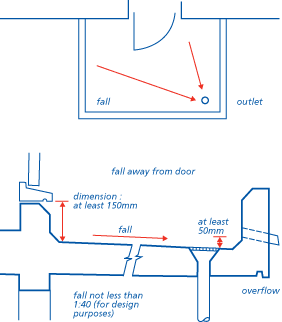

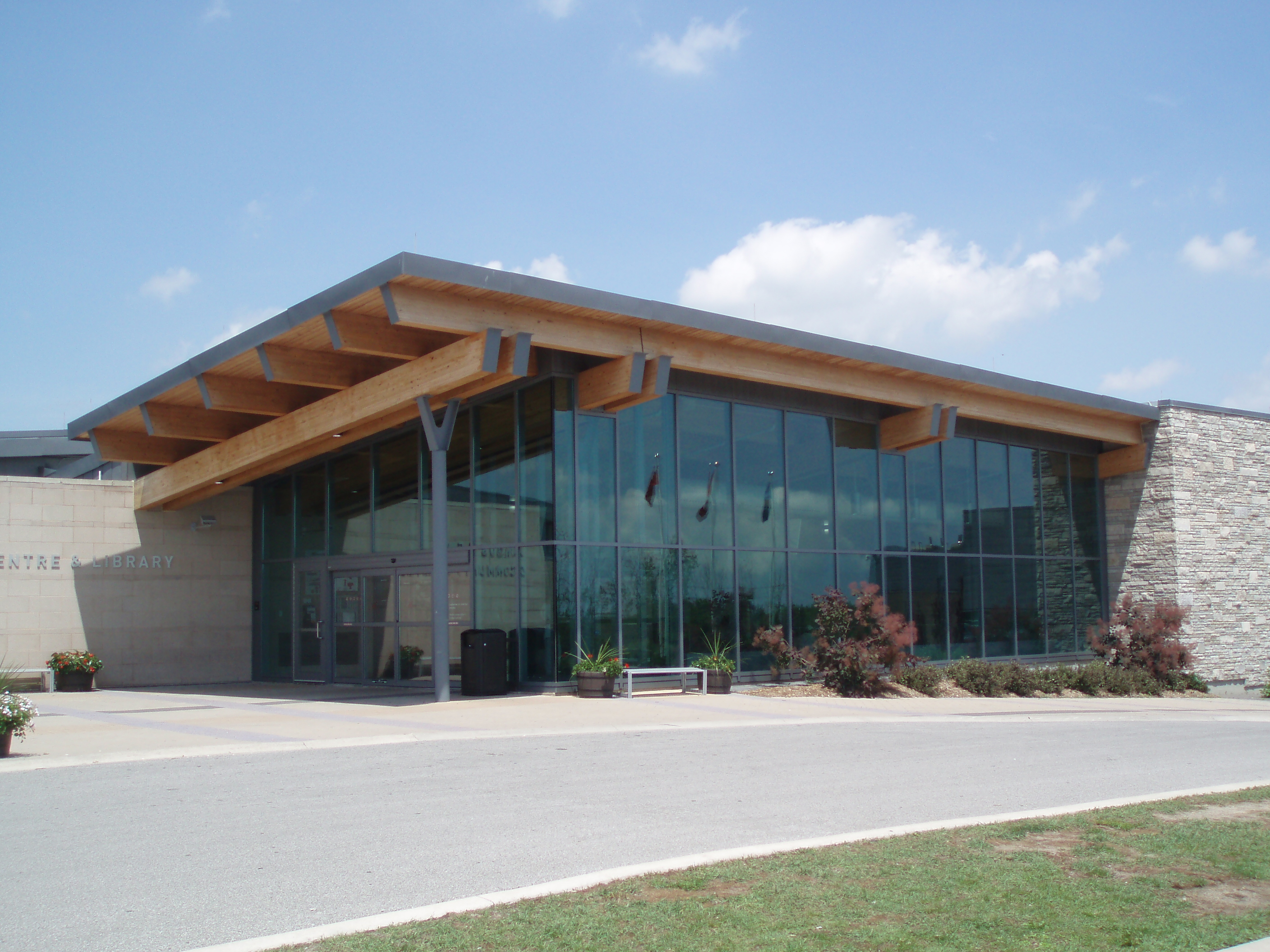
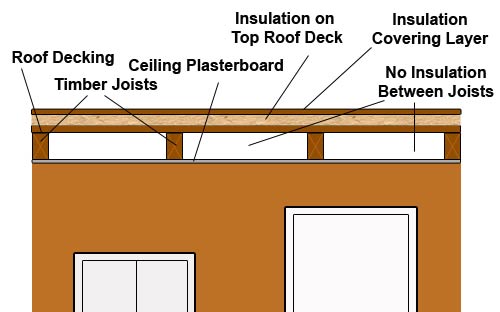




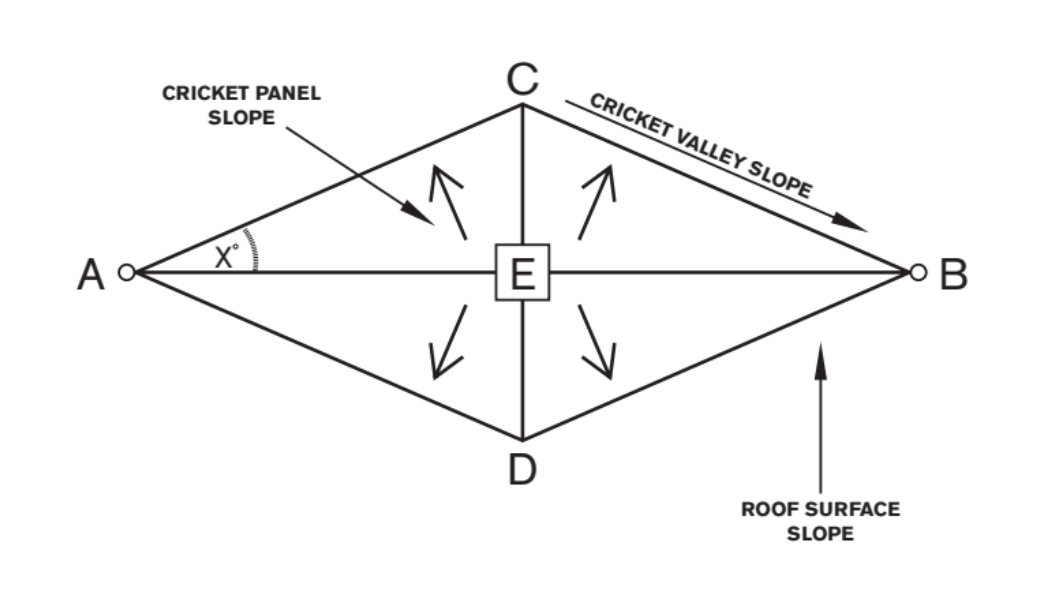
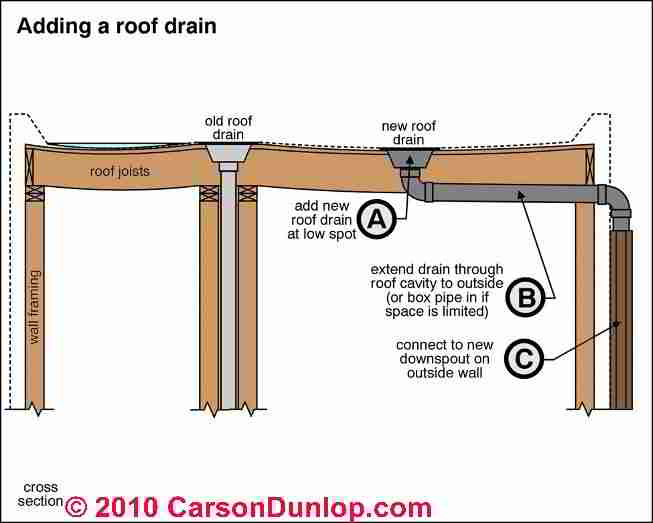
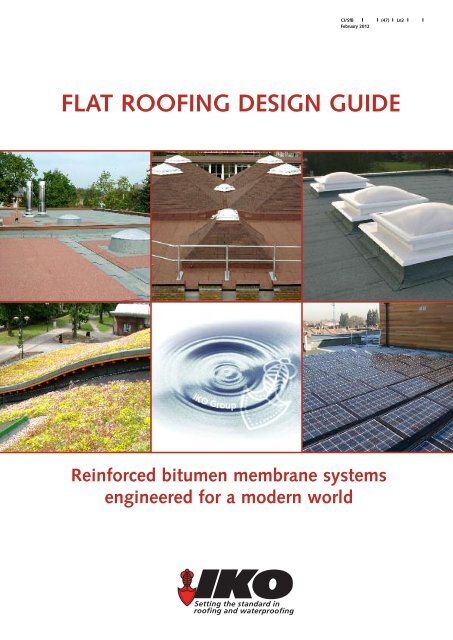
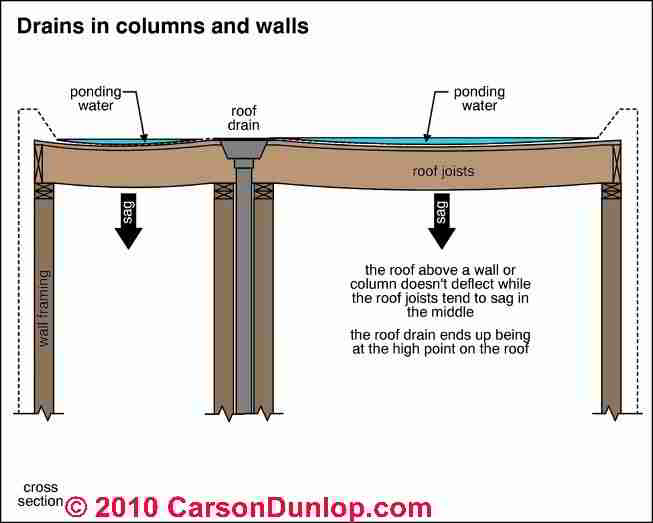


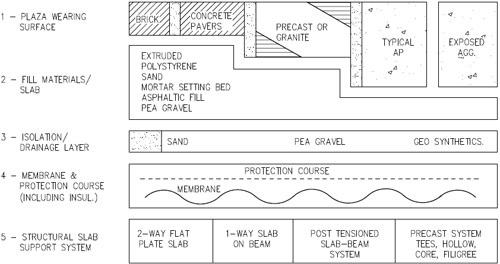
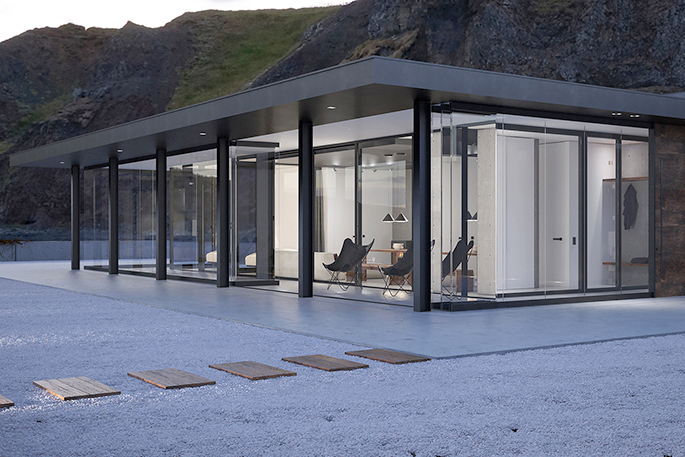
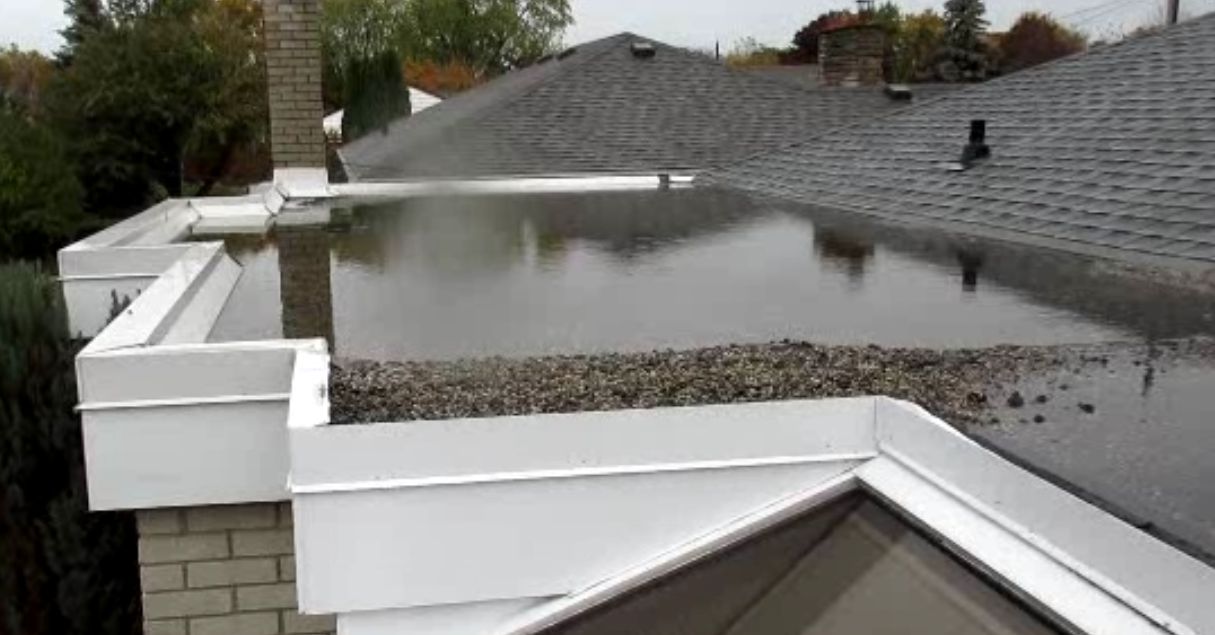


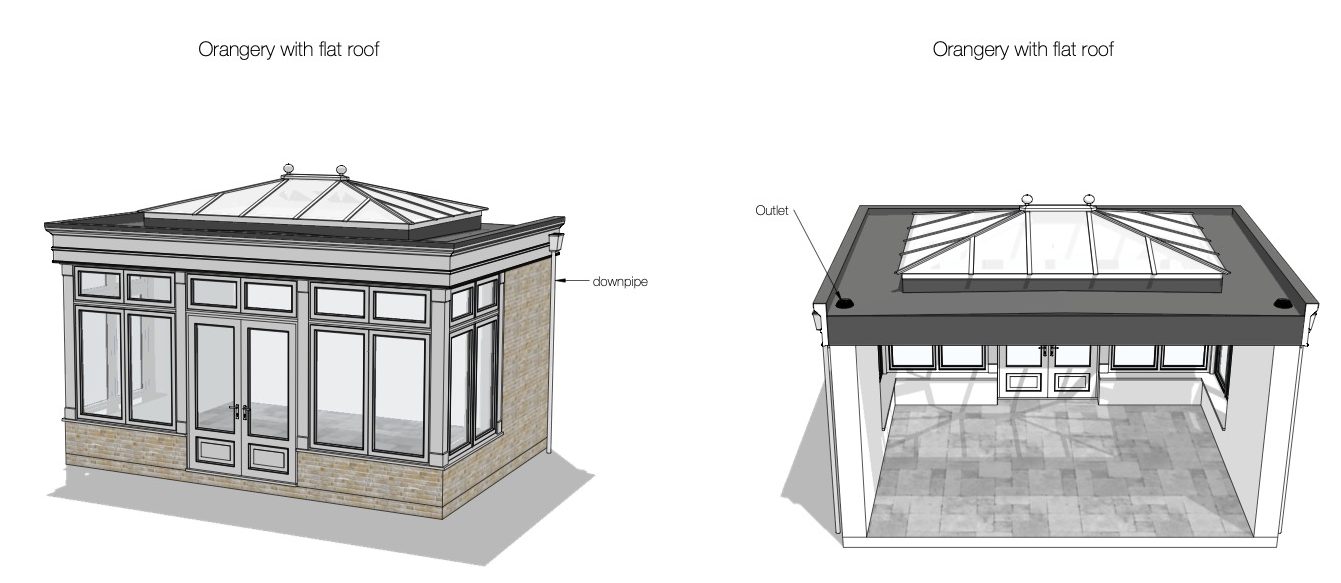
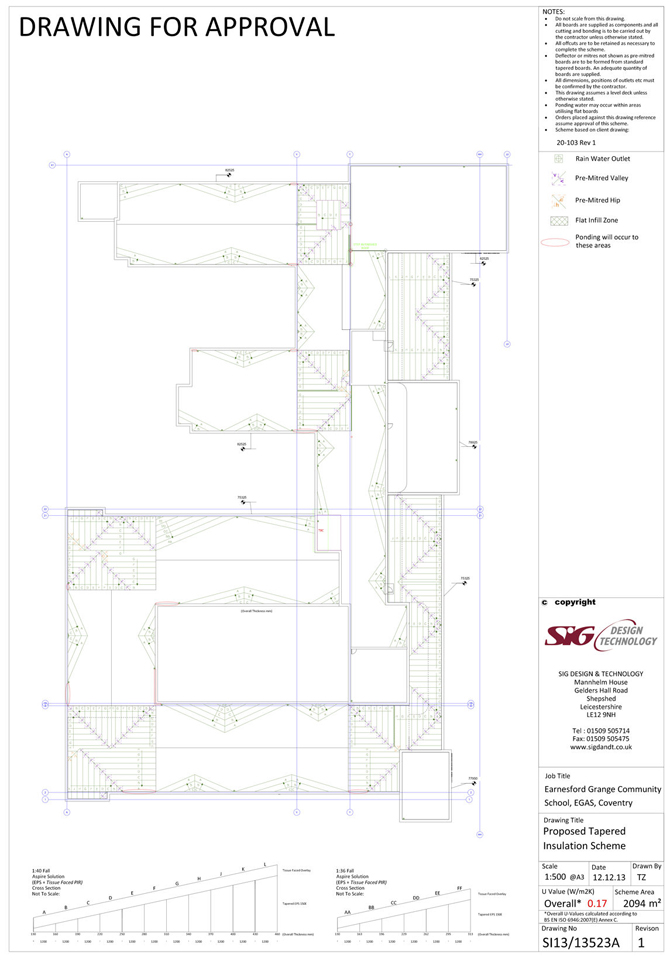






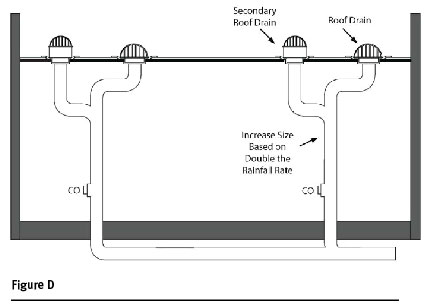
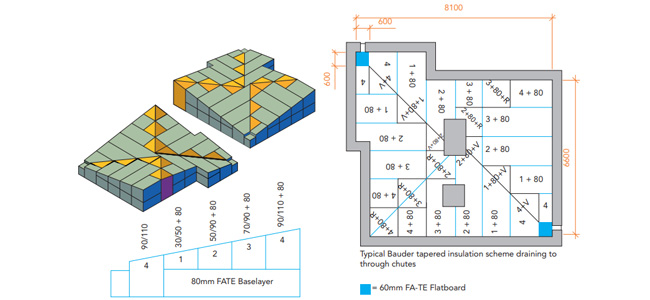

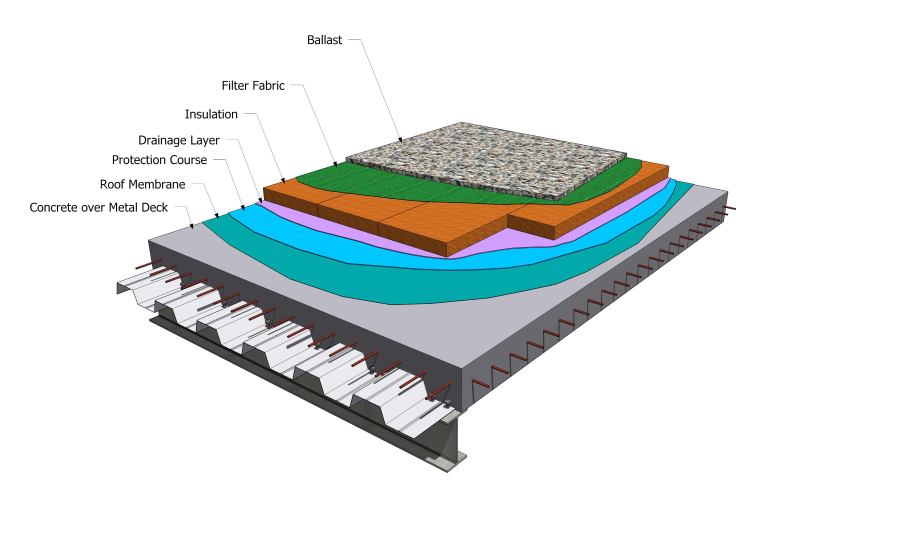
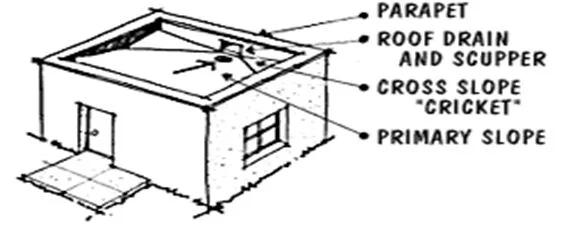
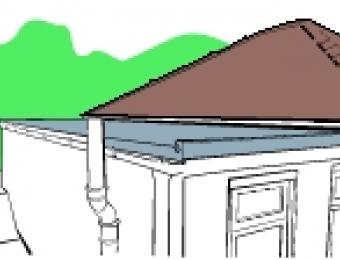

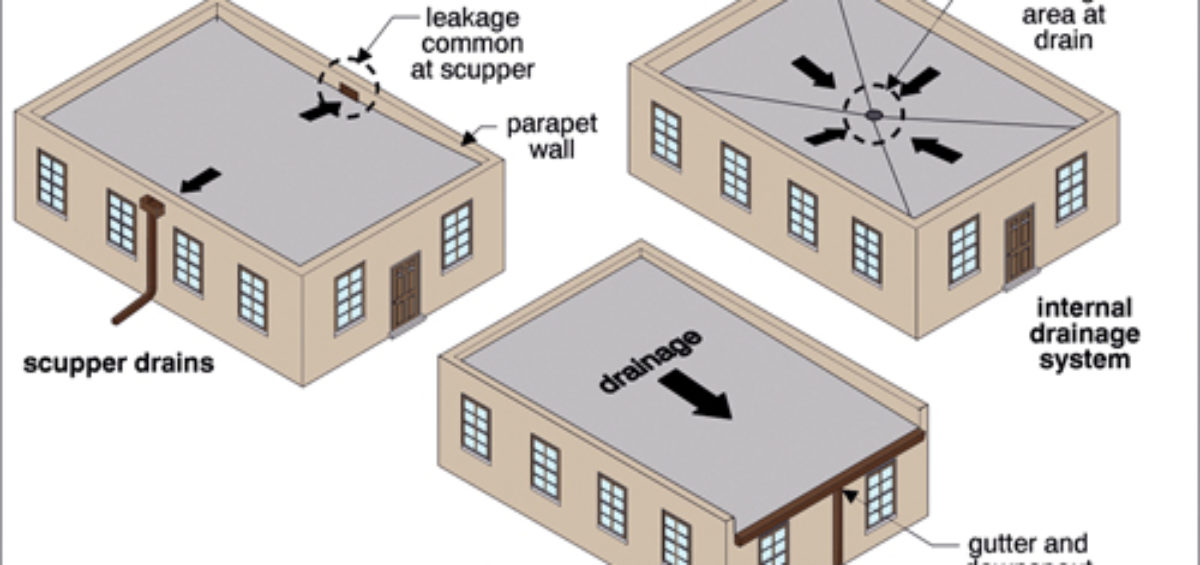

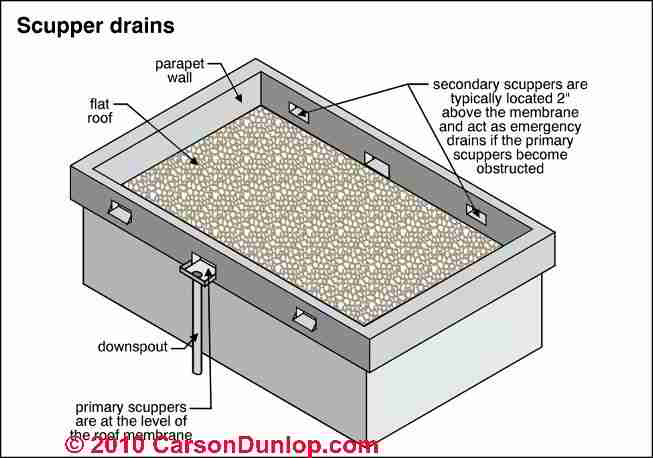

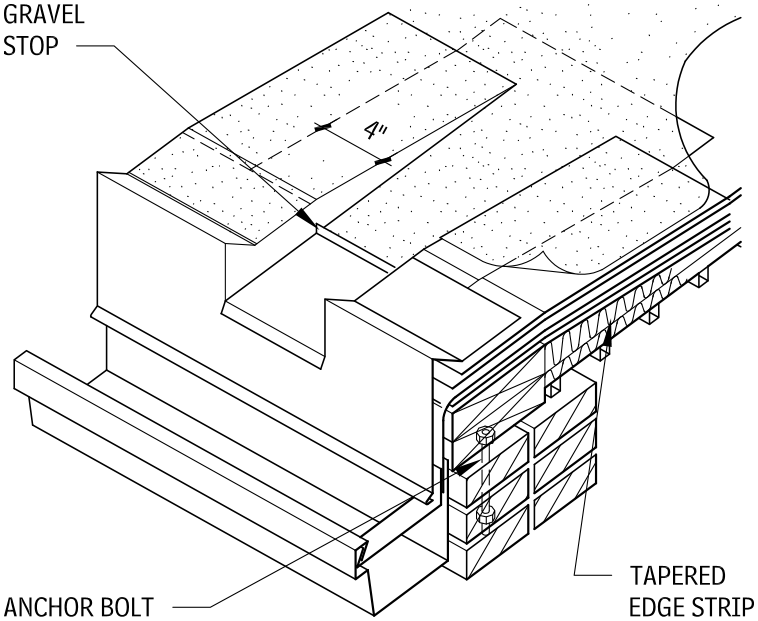

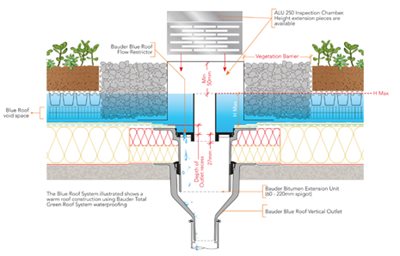
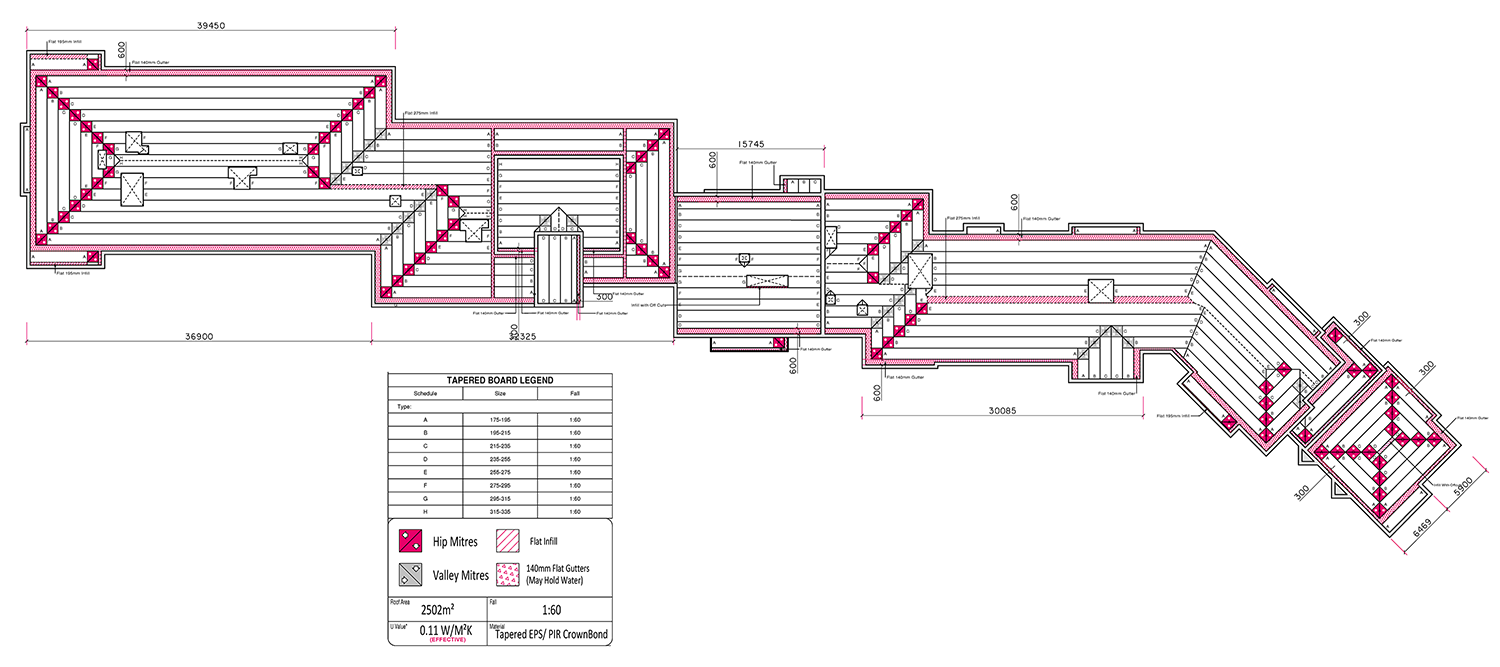


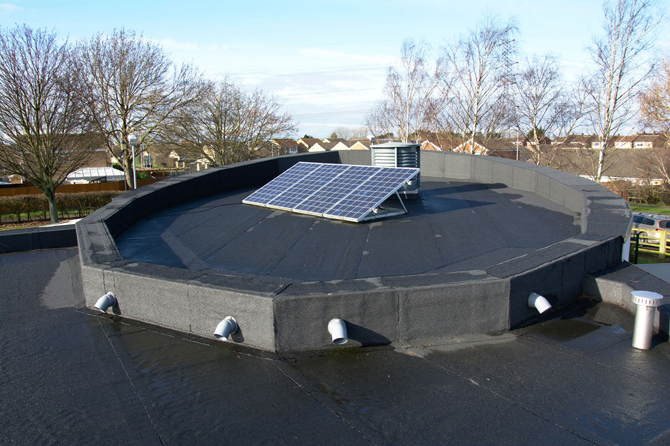



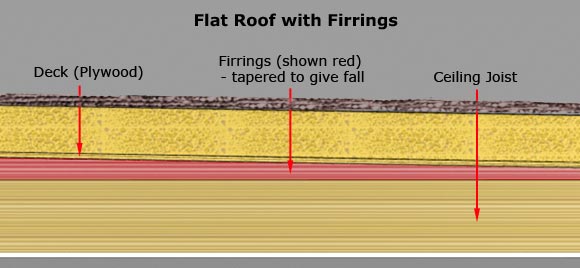

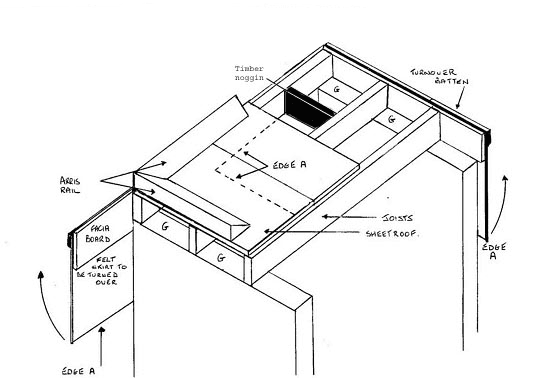
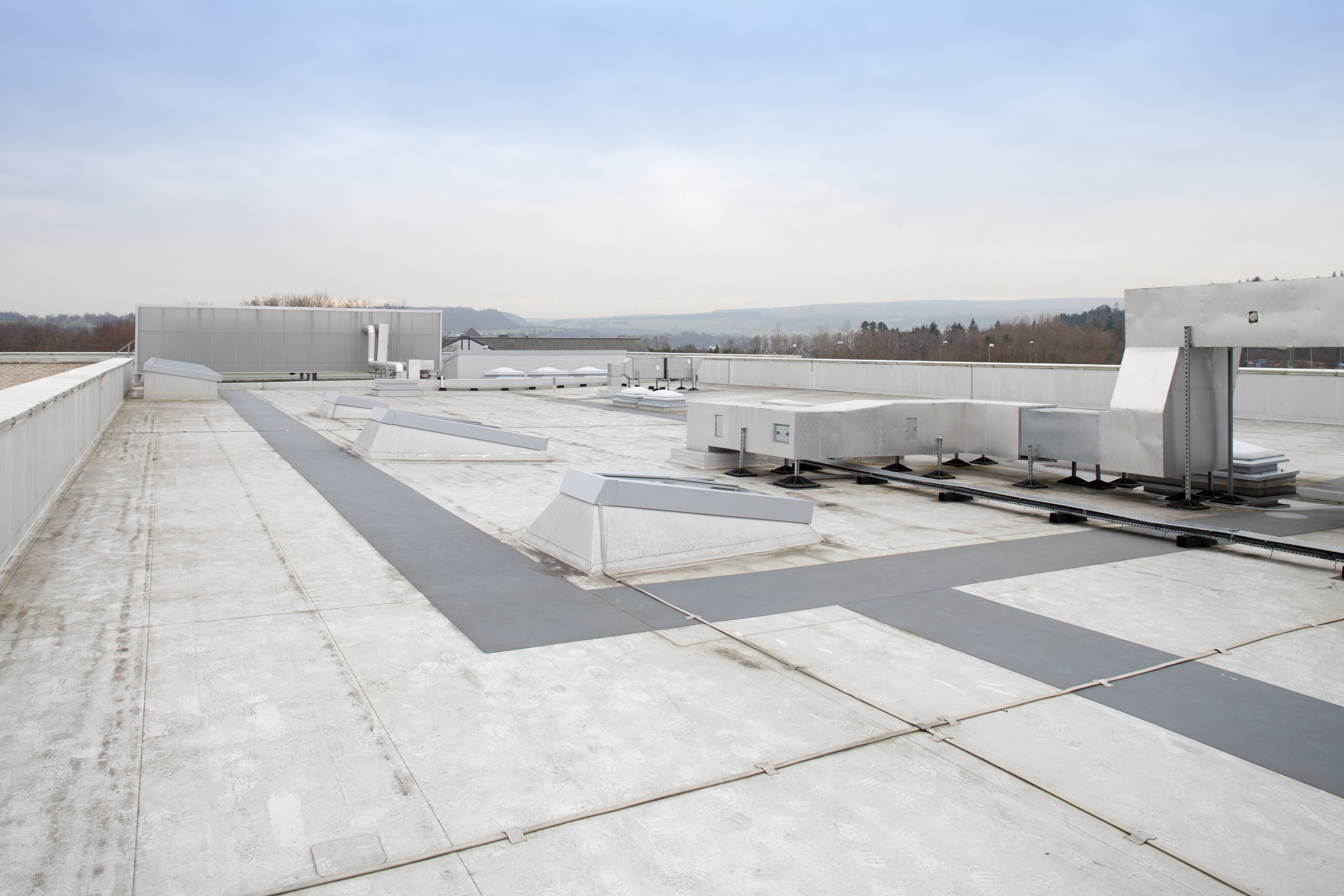


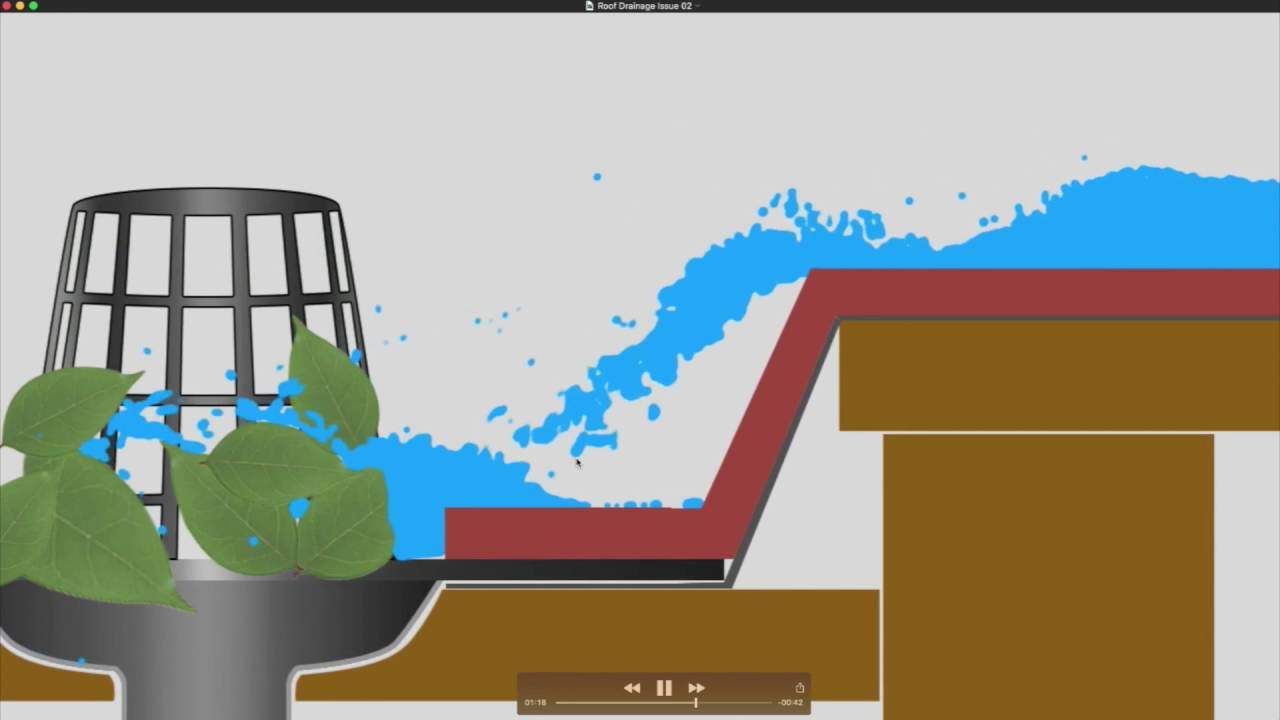
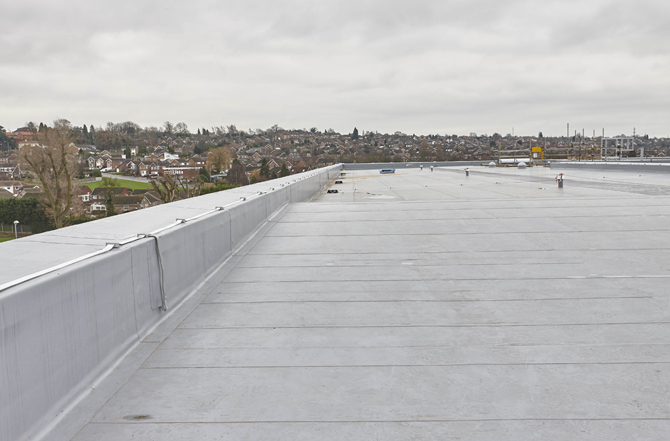


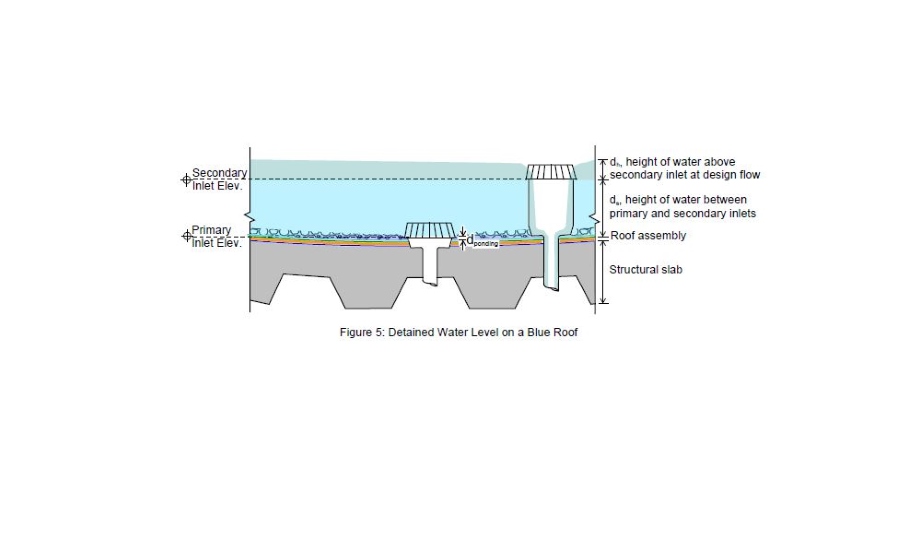
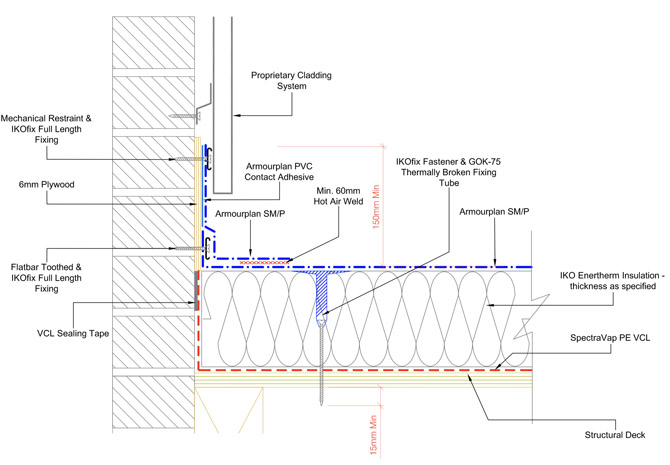

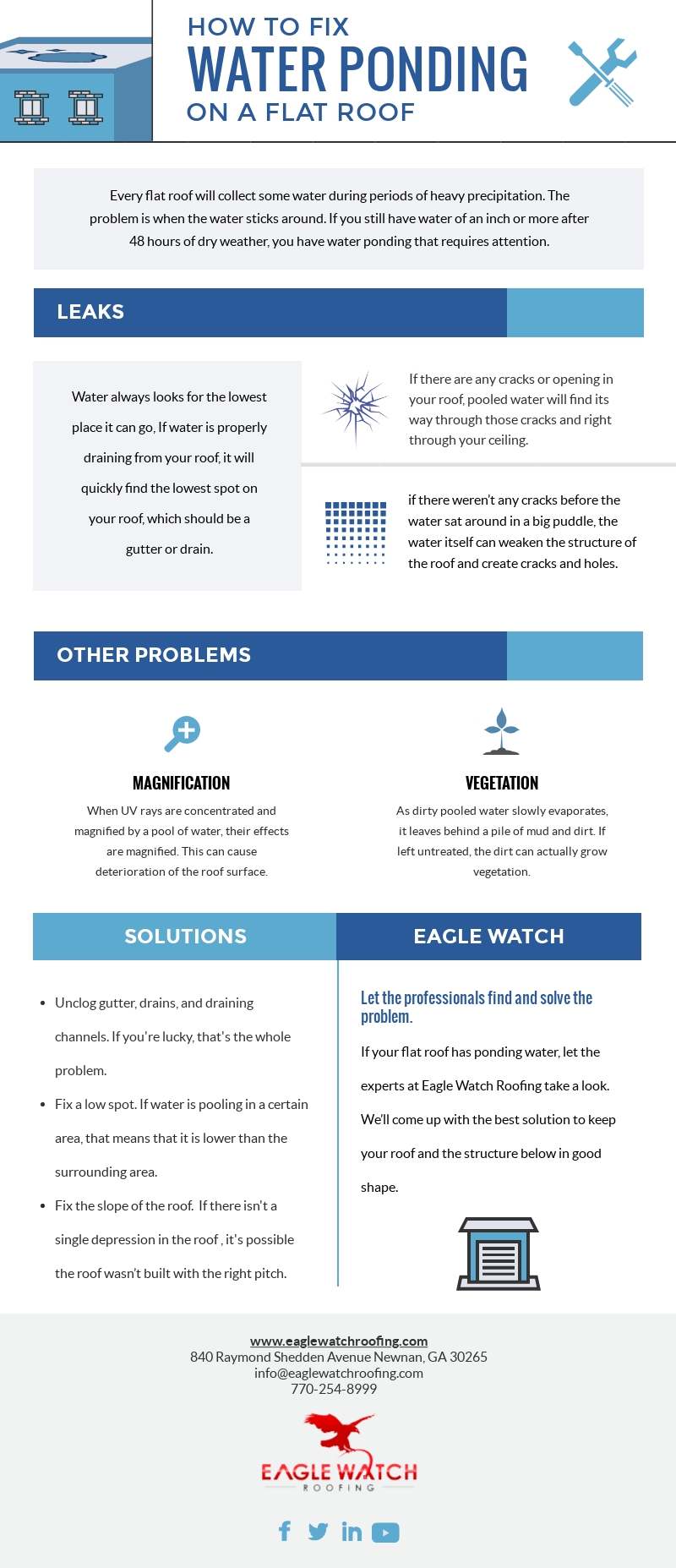


.png?width=400&ext=.jpg)
